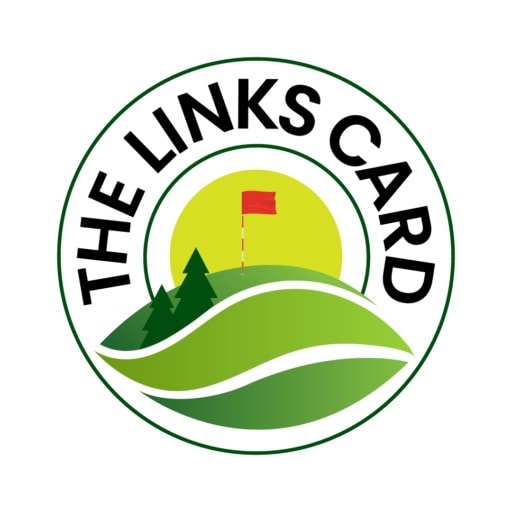Over the last few years, the industry has started to reject discounts. And it’s not hard to see why when brands across the industry have become damaged and profits eroded. Discount practices are broken and the truth is they’ve been broken for a long time.
The impact of poor practices, such as designing weak discounts that target broad audiences, were minimized in the pre-internet era when marketing was slow and limited in reach.And these outdated practices have carried over into today’s marketing landscape. Today, digital marketing is cheaper, faster, and more accessible than ever. Multitudes of online platforms can reach large populations of golfers and have accelerated the distribution of poorly designed discounts. Broken discounting practices have been magnified.
It’s no wonder courses are trying to move away from them.
At the Links Card, a discount card program, we witnessed this industry shift firsthand and the message became clear: we were contributing to the broken system and no longer providing the best solution for courses. To better serve our partners, it was time to rethink how discounts and our discount card program were designed.
The old business of bringing in golfers wasn’t going to cut it anymore. We had to bring in specific golfers that add value in targeted areas for courses. Additionally, we had to update our own broken practices to be able to protect our partners’ brand reputations and keep current with the course’s dynamic needs.
We started with two rules that became our foundational frameworks for how to move forward. But the frameworks are not just for us. Any course operator can apply them to and fix their own discounts programs.
Rule#1 Segment To Find the Right Audience
One of the biggest contributors to broken discounts is an underdeveloped targeting strategy. And it starts with an overly broad goal. Broad goals require broad segments.
Instead, operators need specific goals. Specific goals attract specific segments of golfers. Find the smallest audience(s) that can achieve the specific goal and then personalize offers to them directly. There are 4 areas in which segmentation can be done individually or in varied combinations:
Demographics: age, income, or profession
Geography: neighborhoods, zip codes, or states
Behavior: past visits or spending habits
Psychology: motivations, lifestyle, or values
Research suggests that 80% of customers are more likely to take action with personalized offers. Targeting specific segments of golfers with personalized offers will ensure more impactful discounts.
For example, The Links Card platform is focused on the goal of increasing the bookings of expiring tee time inventory, a problem area for many courses where there’s no great solution on the market. One of our target segments is retirees on fixed income who are price sensitive. The value they put on saving money is greater than the value put on time, which is a major motivation when booking tee times.

Rule #2: Restrict and Limit Offers For Brand Protection

Poorly designed discounts drive the wrong audiences towards generic goals like “increase sales”, which creates a discount stigma for brands.
To build strong discounts that protect your brand use restrictions and limitations on offers that drive the right audience towards specific goals. Restrictions can even enhance personalized offers by speaking directly to the audience’s motivations for action.
Use pricing, time, utilization, and participation as restrictions and limits.
For example, as a standard practice to protect our partner courses, The Links Card uses both 24 hour advanced booking as a time restriction and membership as a participation restriction. This encourages the right action from the right audience.
Tips For Outsourcing
Operators should apply the segmentation and restrictions in the same ways to protect their business’ interests, brand, and marketing dollars when leveraging 3rd party vendors. Consider the following when designing discounts with vendor partners:
- Ensure testing and adjustment of offers is permitted. Planning an offer that lasts an entire year is neither realistic, practical, nor good for business.
- Dynamic testing of offers through digital mediums will help find messaging that resonates with target audiences
- Consider accessibility. Is it mass distributed or protected by restrictions?
Everyone is out to get the best value for themselves, golf courses included. To fix broken discounts, operators must use segmentation and restrictions to protect their brand, enhance their business’ value, and motivate action.

How The Links Card Operates
We operate our special rate program with a “course first” mentality. All our special rates include a default 24 hour advanced booking restriction to help our partner courses with the specific goal of filling expiring tee time inventory.